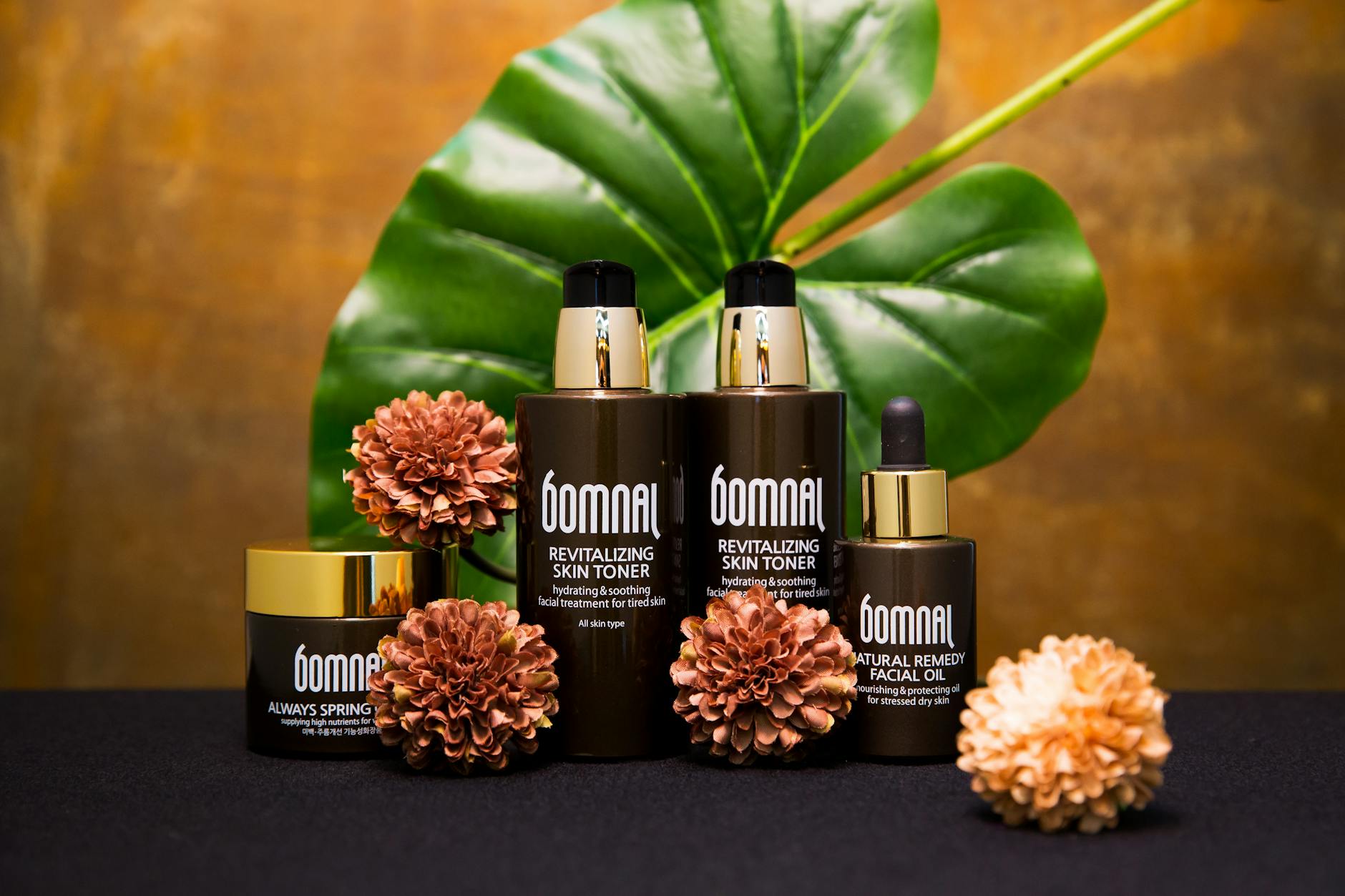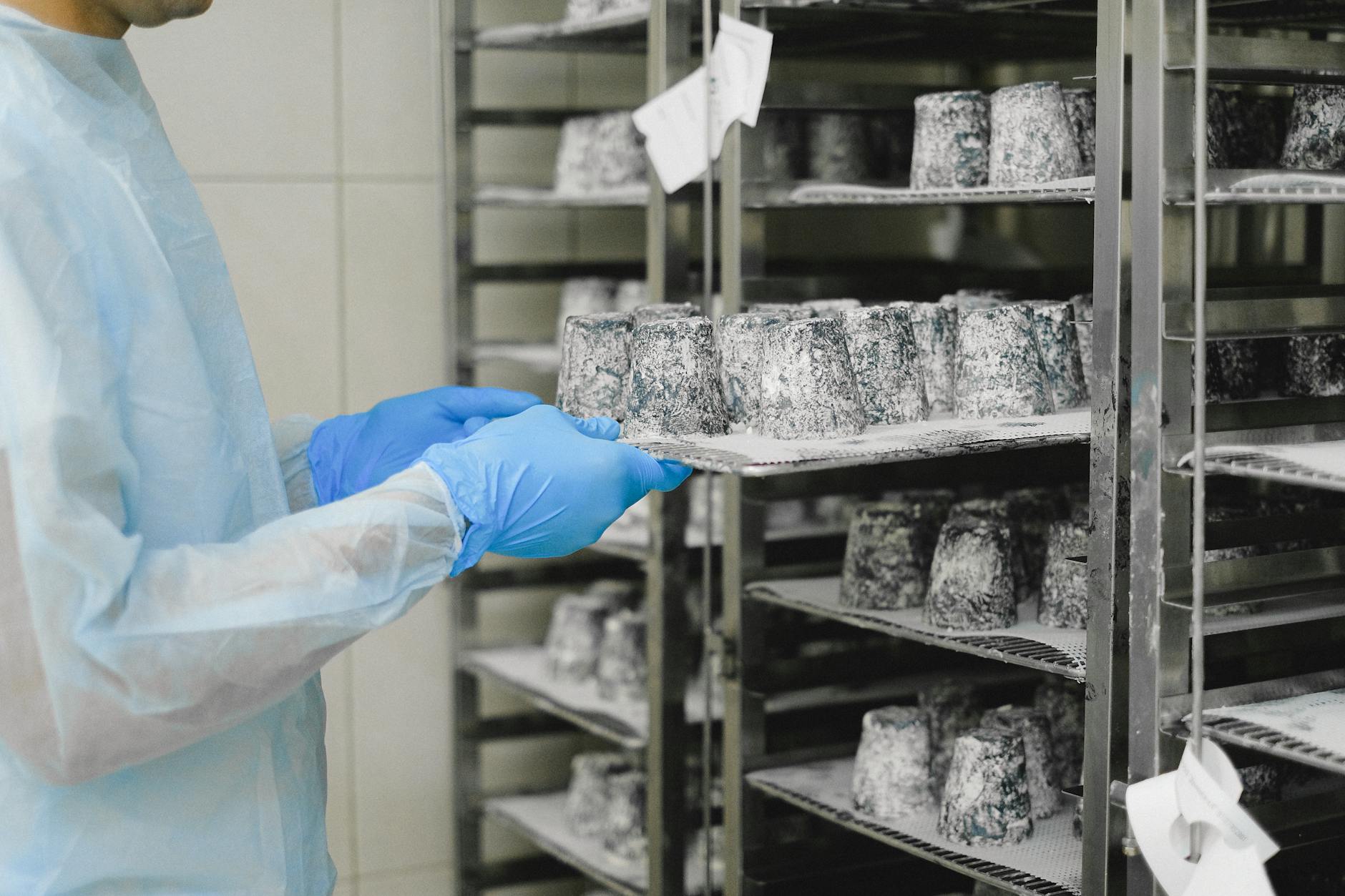Which Sunscreen Choices Are Best for Australia’s Unique Marine Habitats?

Understanding Sunscreen Types
When diving into the various sunscreen types available, it's crucial to remember the environmental sensitivities unique to Australia, especially in the context of preserving Moreton Bay's diverse marine habitats. Two primary categories are physical sunscreens, often called zinc sunscreen, and chemical sunscreens. Physical sunscreens work by reflecting UV radiation; the well-known zinc oxide is a key ingredient. On the other hand, chemical sunscreens absorb UV radiation through chemical reactions.
For those leaning towards more environmentally friendly options, natural sunscreen is a worthy consideration. These sunscreens focus on using mineral-based ingredients that are not only effective in protecting the skin but also less likely to harm marine ecosystems. Ensuring that these products withstand the harsh Australian sun is paramount, as it helps preserve the biodiversity of local marine environments like the Great Barrier Reef.
A vital aspect of sunscreen selection, especially for individuals like primary school educators concerned with child safety, is choosing formulations that are safe and effective for sensitive skin types. This focus supports not just individual health but also fosters broader environmental awareness. By making informed choices in sunscreen selection, you can contribute to marine conservation efforts while promoting skin health, creating a harmonious balance between human activities and ecological preservation.
Environmental Impact on Marine Life
Effects of Chemical Ingredients
It's staggering how many everyday products we use on land can ripple through to our marine environments. Chemicals like oxybenzone and octinoxate, commonly found in sunscreens, have detrimental effects on coral reefs. They disrupt coral reproduction and leave the coral more susceptible to bleaching. Concerns are mounting about their wider impact across marine ecosystems. Unsurprisingly, many of us are alarmed at what's happening right at our doorstep. Moreton Bay's diverse marine habitats, for instance, are affected by the chemicals washed off our skin, which eventually enter the ocean. Insight like this can really drive home the importance of scrutinising baby sunscreen labels.
Promoting Reef Safety
Australia's Great Barrier Reef is an ecological treasure, and ensuring its protection demands vigilance in our daily choices. One significant way to mitigate damage is through opting for ‘reef-safe’ sunscreens. These formulations exclude harmful chemicals, aiming instead for formulas less taxing on marine environments. By adopting reef-safe products, we offer tangible support to conservation efforts.
Eco-Friendly Sunscreen Alternatives
Eco-friendly sunscreens are a creative solution for preserving marine biodiversity. Consider those with mineral ingredients like zinc oxide or titanium dioxide – they provide effective sun protection while being less harmful to aquatic ecosystems. Using mineral-based options can be our contribution towards securing healthier oceans. As consumers, understanding both environmental considerations and scientific developments can guide us towards more conscientious choices, safeguarding our natural wonders.
Choosing Safe Sunscreens for Kids
Hypoallergenic Formulations
When selecting sun protection for children, especially those with sensitive skin, it's essential to choose products carefully. Hypoallergenic formulations can help reduce the risk of skin irritation. Many sunscreens use mild ingredients that aim to prevent allergic reactions, providing peace of mind for both parents and educators during outdoor activities. This approach becomes even more critical given Australia's harsh sun, which demands effective yet gentle protection.
Sensitivity and Allergies Concerns
For kids prone to allergies, a sunscreen's composition becomes even more important. Look for products free from common allergens such as fragrances and certain preservatives. Given that we are close to the sensitive ecosystem of Moreton Bay's diverse marine habitats, reef safe sunscreen options are ideal. They ensure that while protecting children's skin, we are also taking a step towards marine conservation.
Application Tips for Families
Proper application of sunscreen is just as important as choosing the right product. Apply the sunscreen generously about 20 minutes before going outdoors, ensuring a uniform layer on all exposed skin surfaces. Don’t forget areas like the ears, back of the neck, and tops of the feet. Reapplication every two hours, or after swimming or excessive sweating, is key to maintaining effective protection throughout the day. As someone who frequently engages in activities near Brisbane’s coastal areas, I advocate for making sunscreen application a fun family routine, educating the younger generation about its importance in a playful and engaging manner.
Best Practices for Sunscreen Use
Application Before Outdoor Activities
As an experienced marine scientist, I've seen firsthand the effects of sun exposure during our research expeditions. Whether you're planning a visit to the Great Barrier Reef research sites or a stroll through Moreton Bay's diverse marine habitats, applying sunscreen is essential before any outdoor activity. For a reliable barrier against UV rays, especially for kids, ensure that you're using kids sunscreen with a high SPF. Apply the sunscreen generously and uniformly on clean, dry skin about 20 minutes before heading outdoors. This allows time for the sunscreen to form an effective layer of protection.
Reapplication During Activities
Maintaining sun protection is crucial during extended outdoor activities. During our fieldwork in places like the mangrove forests at Boondall Wetlands, we often reapply sunscreen every two hours. It's equally vital to reapply after swimming or excessive sweating. For children engaging in sports or beach activities, consider using water-resistant kids sunscreen to ensure consistent protection.
Safe Storage and Handling
Proper storage of sunscreen is often overlooked but can significantly impact its effectiveness. Always store sunscreen in a cool, dry place away from direct sunlight to maintain its stability and efficacy. A common mistake I've observed is leaving sunscreen bottles in hot cars or direct sun, which can degrade the active ingredients. Keep the sunscreen out of reach of young children, but easily accessible for frequent use. Following these best practices will help ensure robust protection against the sun’s harsh rays.
Common Mistakes in Sunscreen Use
Inadequate Coverage
The first misstep many Australians make when applying sunscreen is inadequate coverage. Inadequate coverage can expose vulnerable skin to harmful ultraviolet rays, increasing the risk of skin damage and contributing to skin cancer risk. When exploring regions like Moreton Bay or engaging in activities near Boondall's mangrove forests, ensure that all exposed skin, including less obvious areas such as ears, feet, and the back of the neck, receive a generous coating of sunscreen.
Misunderstanding Product Labels
Deciphering sunscreen labels can be confounding. Terms like "broad-spectrum" and "SPF" can sometimes be misleading without proper understanding. Broad-spectrum sunscreens protect against both UVA and UVB rays, but the SPF number only indicates UVB protection. Especially when visiting sites like the Great Barrier Reef, a reef-safe sunscreen labeled as "water-resistant" and "broad-spectrum" is essential. Additionally, be wary of claims like "reef safe" unless they are supported by authoritative certifications, ensuring they're genuinely non-toxic to marine life.
Overlooking Expiry Dates
Lastly, overlooking the expiry date of sunscreen is a frequent oversight. Chemical ingredients in sunscreens can degrade over time, rendering them ineffective. Always check the expiry date on the bottle, as using expired products may compromise your skin's protection, especially critical when spending extended periods in marine habitats. In addition, consider the climate's impact on the integrity of your sunscreen. In Australia's hot environment, store sunscreen in a cool, shaded area to maintain its effectiveness.


